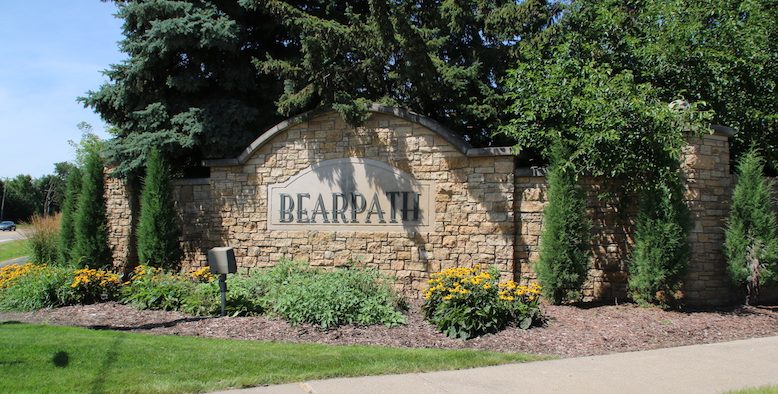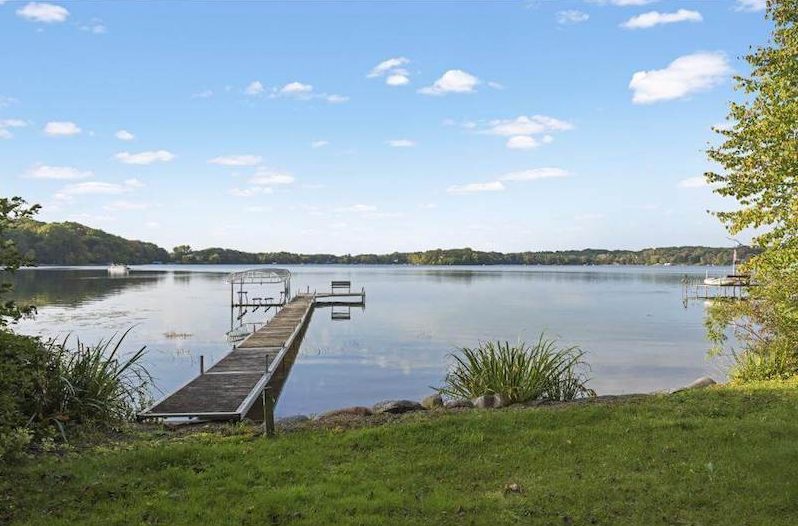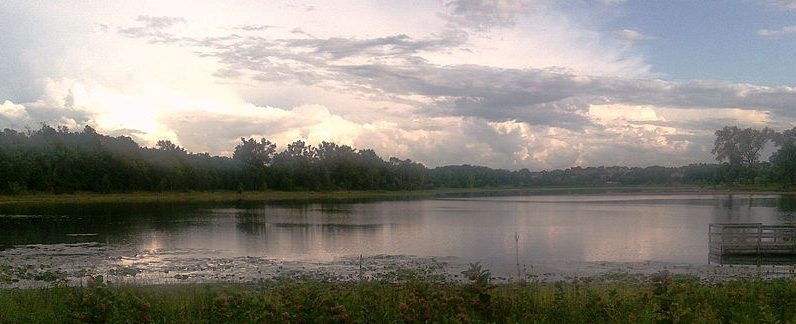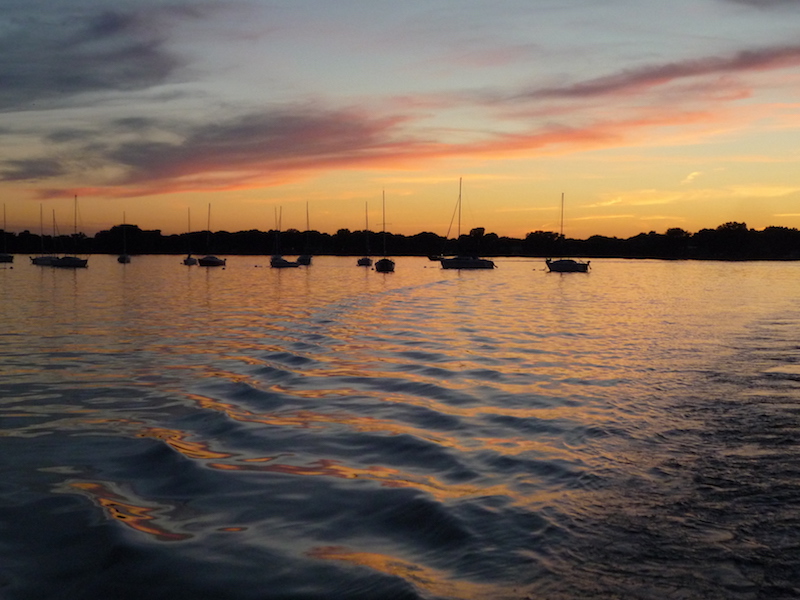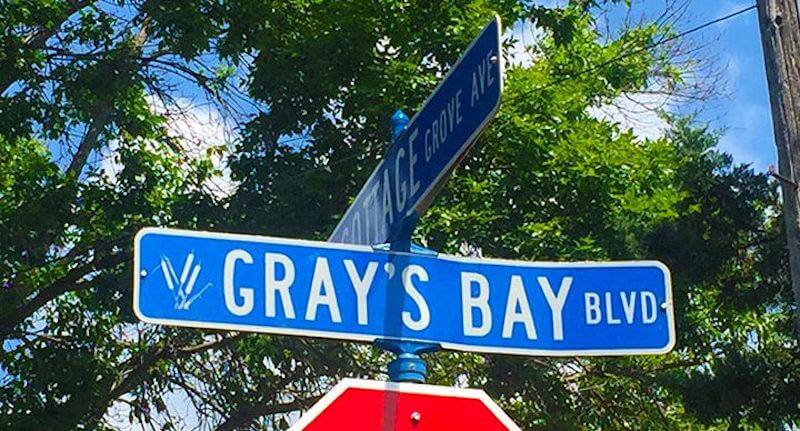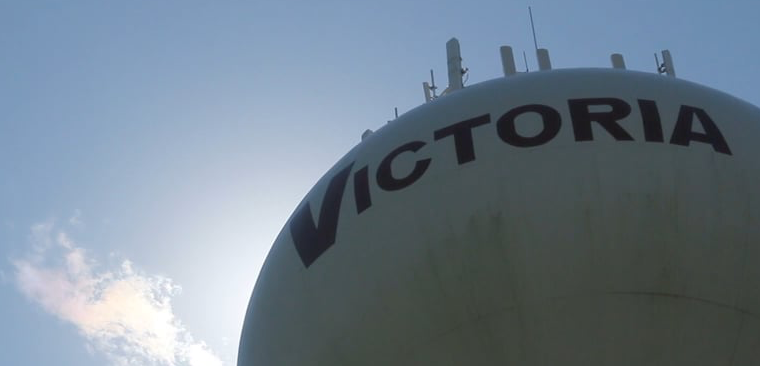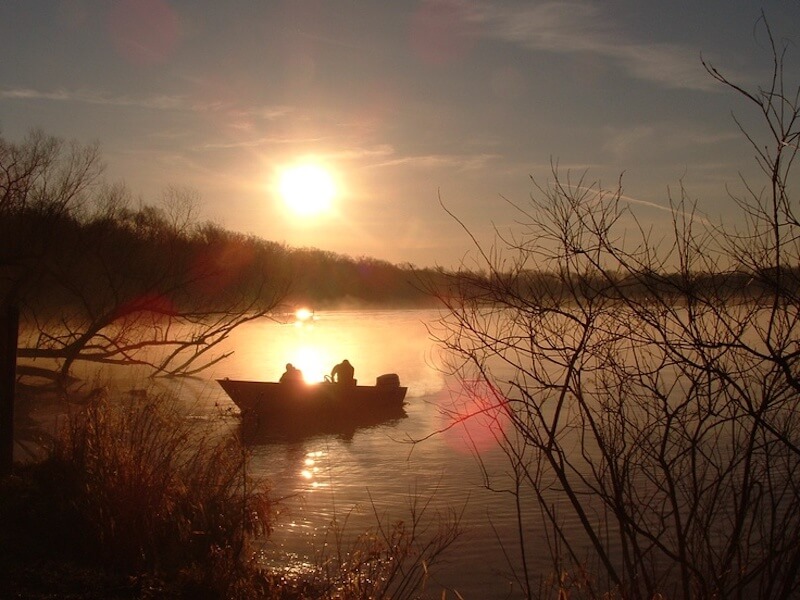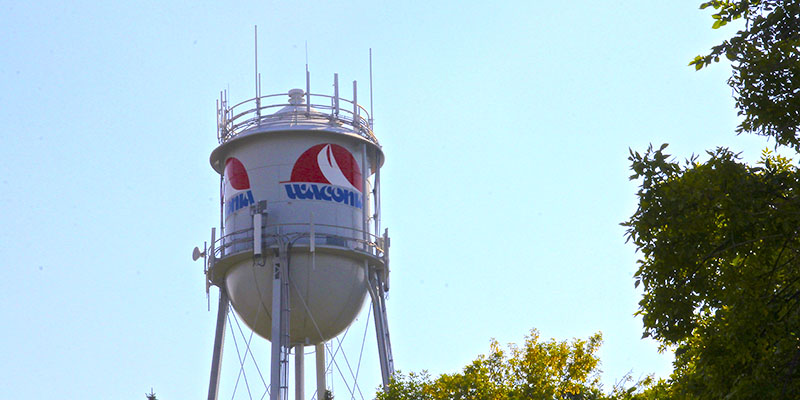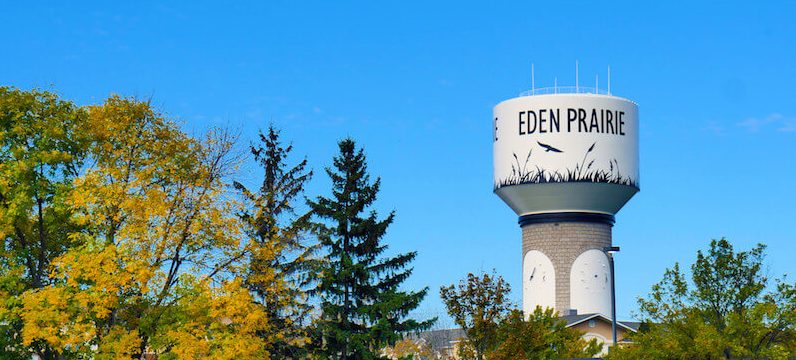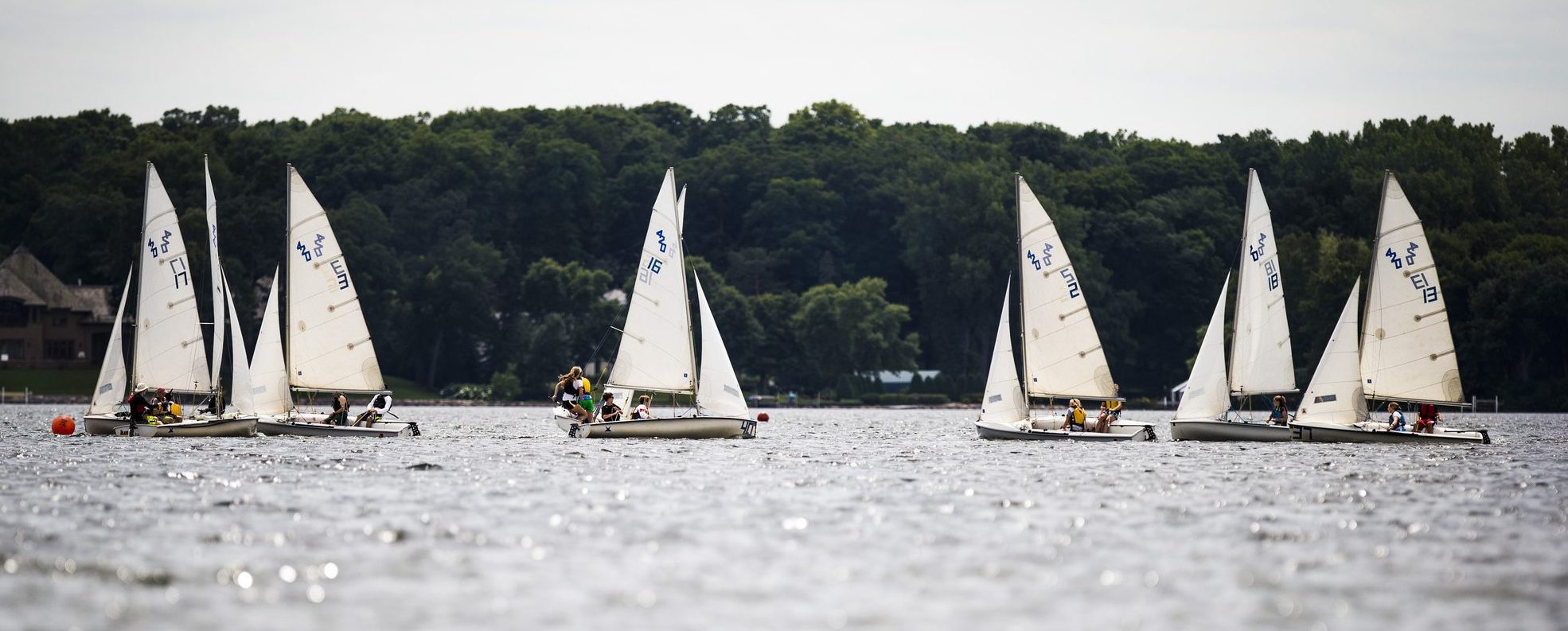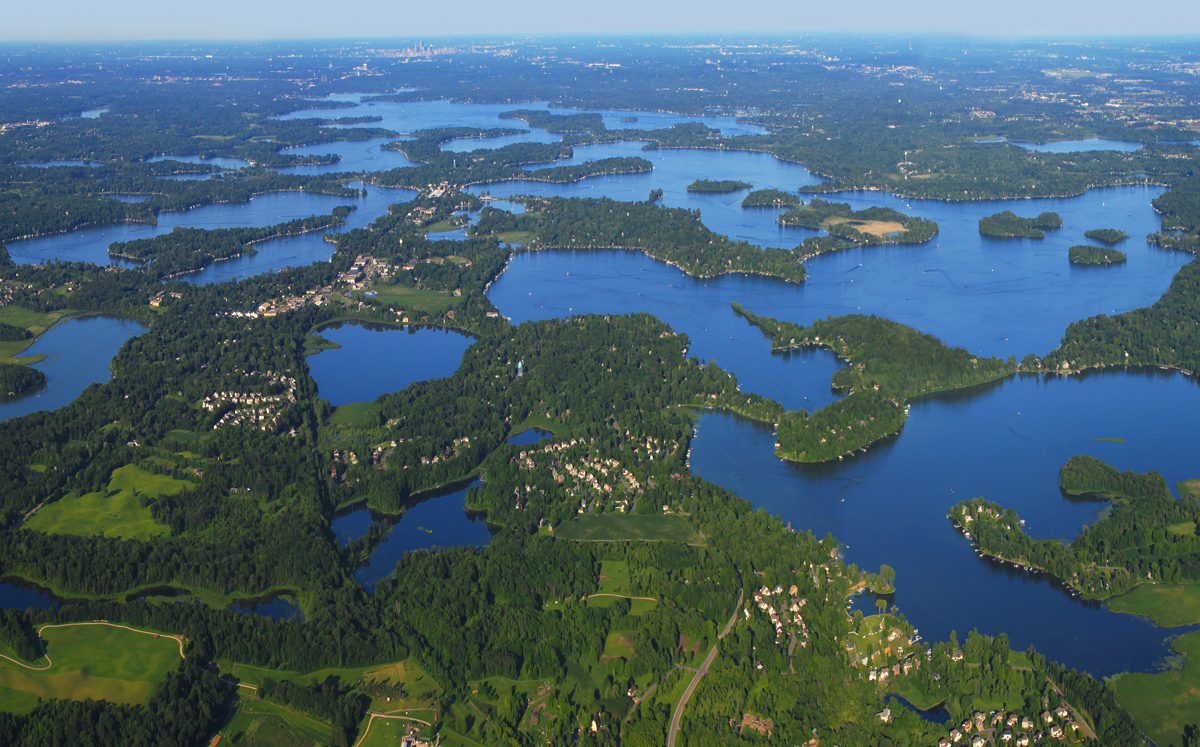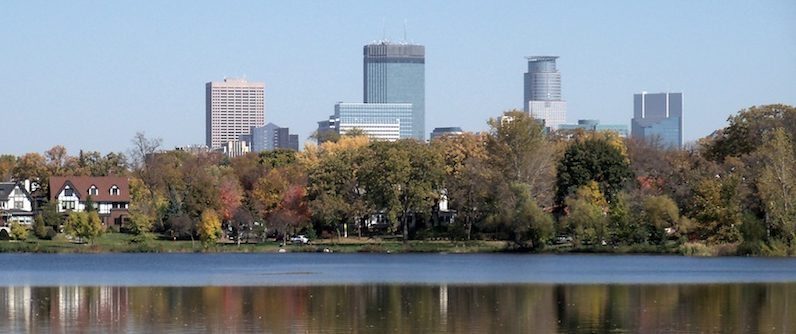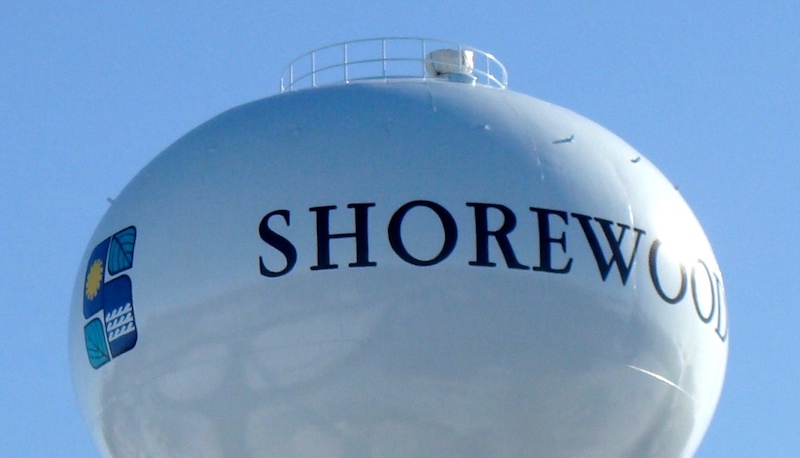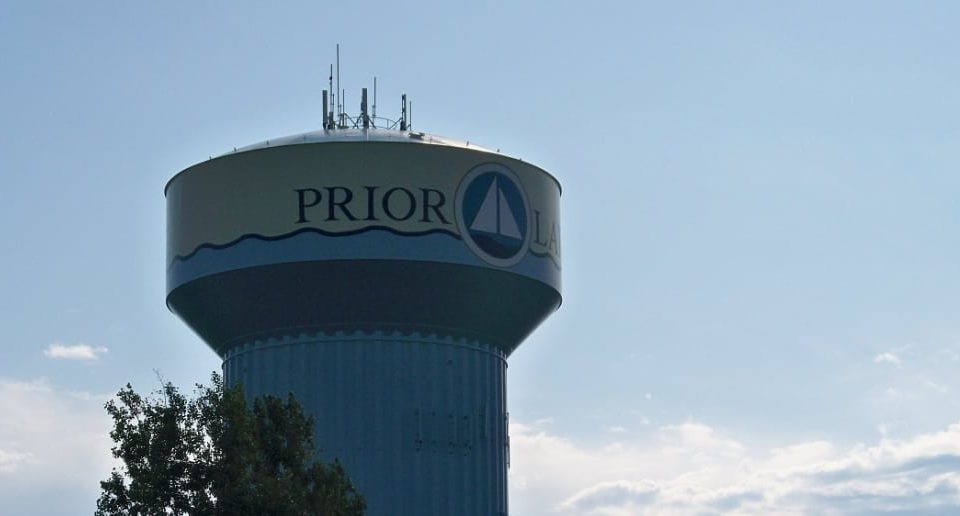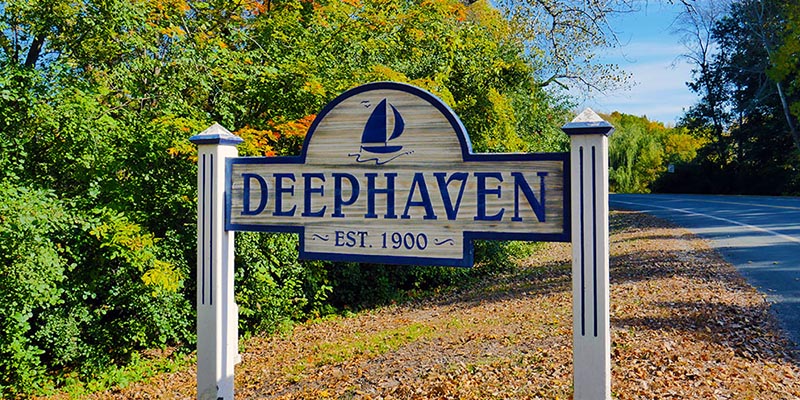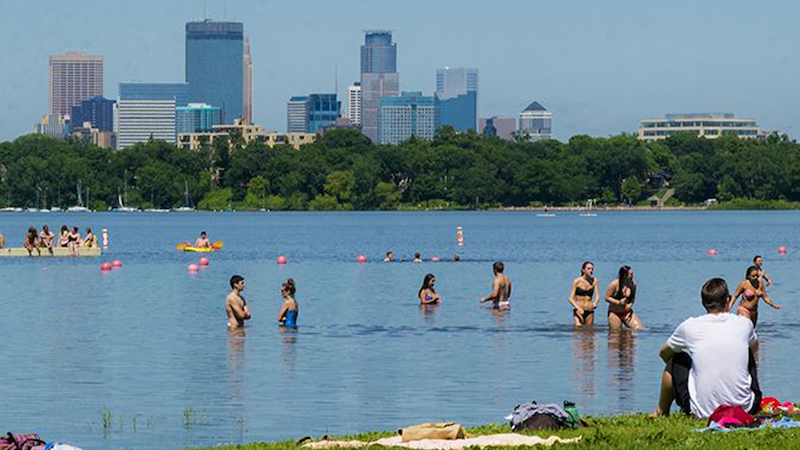
Posted by Realtor David Olson 952.314.9446
Lake Minnetonka: A Brief History
History of Lake Minnetonka, Lake Minnetonka, Homes for Sale on Lake Minnetonka, Minnetonka Homes for Sale, Minnetonka Realtor, Realtor David Olson
Overview of the History
of Lake Minnetonka
Lake Minnetonka is an integral part of each and every one of the cities that it touches. The main landmark of the western metro, it provides limitless recreational activities, supported by nearby parks, and serene hiking trails. On an average summer day, the iconic lake will be bustling with all kinds of activity. The most beautiful homes in the area rest near the lakes bays and peninsulas. These homes truly capture the charm and peaceful living that the Minnesota lakeside cities of Lake Minnetonka have to offer. But how did the lake develop into such an important piece of Minnesota’s history? It all began in the mid 1800’s.
Save for the Native Americans, the lake was a secret to all. The wooded areas and shores surrounding the lake provided plenty of food for the Natives to live off of. Therefore, Lake Minnetonka was critical for their survival, and was intentionally kept hidden from the settlers. However, settlers eventually discovered the lake in 1822. By 1851, the treaty of Mendota between the Natives and the U.S. Government provided the settlers access to a wide stretch of land, including Lake Minnetonka.
When they heard of the areas around Lake Minnetonka, many southerners came to visit in order get away from the heat. Because the huge lake was such a popular tourist destination, it was logical to build several inns and hotels around the lake. Lake Minnetonka was also the northern center of the ginseng boom of the 1850’s, and even though laws prevented it, southerners brought their slaves up to work on the plants. After the Civil War era, many of the biggest hotels in the country could be found near Lake Minnetonka. Some the popular ones were the Hotel Lafayette, and Hotel St. Louis. Unfortunately, most of these hotels were either tragically burned down by fires, or demolished in order to make room for residential living.
As tourism continued to flourish, a man by the Name of James J. Hill founded and established the main railroad system in the area. Not only did the railroad bring in hundreds of tourists every day in the summer months, it also allowed the local businesses to succeed because of the increase of trade to the area.
Development around the lake thrived in the 1880’s and 90’s. Steamboats provided access to the lake as they offered locals cruises across the water. Big Island, a park near the lake, was built in 1902 and offered entertainment that people traveled miles for in order to experience. One of the most popular rides across Lake Minnetonka was the steamboat called the Minnehaha. Referred to as a “streetcar boat”, it was called a “streetcar boat” because it looked exactly like a streetcar, but with a hull added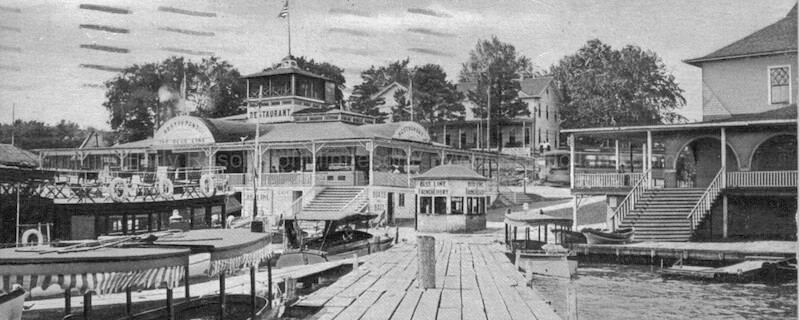 underneath it. Thomas Lowry, who owned Twin Cities Rapid Transit, built a streetcar line in 1905. He made double-decker streetcars for road usage, but these concerned the passengers because they could tip at high speeds. Once the passengers arrived on the lake, Lowry wanted scheduled boat rides to take them around the lake, especially to his Big Island Amusement Park. He took his streetcars and converted them into steamboats, providing a new and exciting way to travel on the lake. His business took off as a result. This boom of business would not last forever. By the 1920s, the business declined, as newly built highways provided automobiles the ability to drive around the lake. The boats were destroyed and sunk to the bottom of the lake. Tourism in the area declined rapidly after a nationwide financial depression. It got to the point where the locals could not support themselves anymore and many moved away from the area, back to the Twin Cities. Hotels were shut down, charter companies were closed, and the area lost its title as a vacation destination. Eventually, however, the areas began to develop once again into mainly residential areas. As the area continued to develop, it became known for being home to some of the most beautiful houses in Minnesota. The biggest cities in the area were Orono, Minnetonka, and Mound. However, as they continued to develop, several smaller cities wanted to become separate townships, and they annexed. In 1979, the Minnehaha was rediscovered, and eventually restored and used once again as a transport around the lake. Today, the lake’s shores are littered with many small, lakeshore cities.
underneath it. Thomas Lowry, who owned Twin Cities Rapid Transit, built a streetcar line in 1905. He made double-decker streetcars for road usage, but these concerned the passengers because they could tip at high speeds. Once the passengers arrived on the lake, Lowry wanted scheduled boat rides to take them around the lake, especially to his Big Island Amusement Park. He took his streetcars and converted them into steamboats, providing a new and exciting way to travel on the lake. His business took off as a result. This boom of business would not last forever. By the 1920s, the business declined, as newly built highways provided automobiles the ability to drive around the lake. The boats were destroyed and sunk to the bottom of the lake. Tourism in the area declined rapidly after a nationwide financial depression. It got to the point where the locals could not support themselves anymore and many moved away from the area, back to the Twin Cities. Hotels were shut down, charter companies were closed, and the area lost its title as a vacation destination. Eventually, however, the areas began to develop once again into mainly residential areas. As the area continued to develop, it became known for being home to some of the most beautiful houses in Minnesota. The biggest cities in the area were Orono, Minnetonka, and Mound. However, as they continued to develop, several smaller cities wanted to become separate townships, and they annexed. In 1979, the Minnehaha was rediscovered, and eventually restored and used once again as a transport around the lake. Today, the lake’s shores are littered with many small, lakeshore cities.
Lake Minnetonka is the 10th largest lake and the most heavily accessed body of water in the state of Minnesota. If you would like more information about the history of Lake Minnetonka, or are interested in selling or buying a home in the area, please feel free to give Realtor David Olson (www.DavidOlsonRealEstate.com) a call at (952)314-9446. Thanks so much and have a great day!
City of Norwood Young America: Community Life
City of Norwood Young America: A Brief History
Related City Articles

